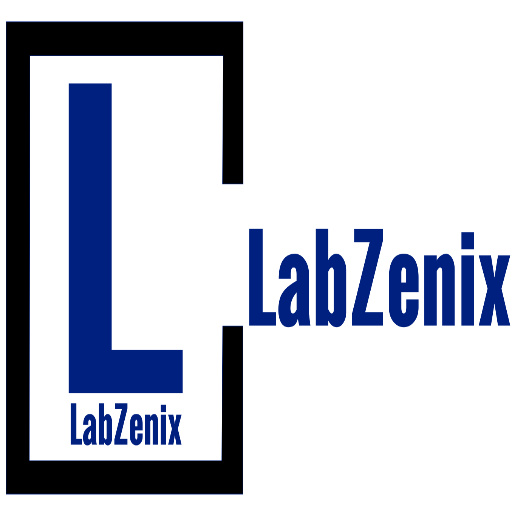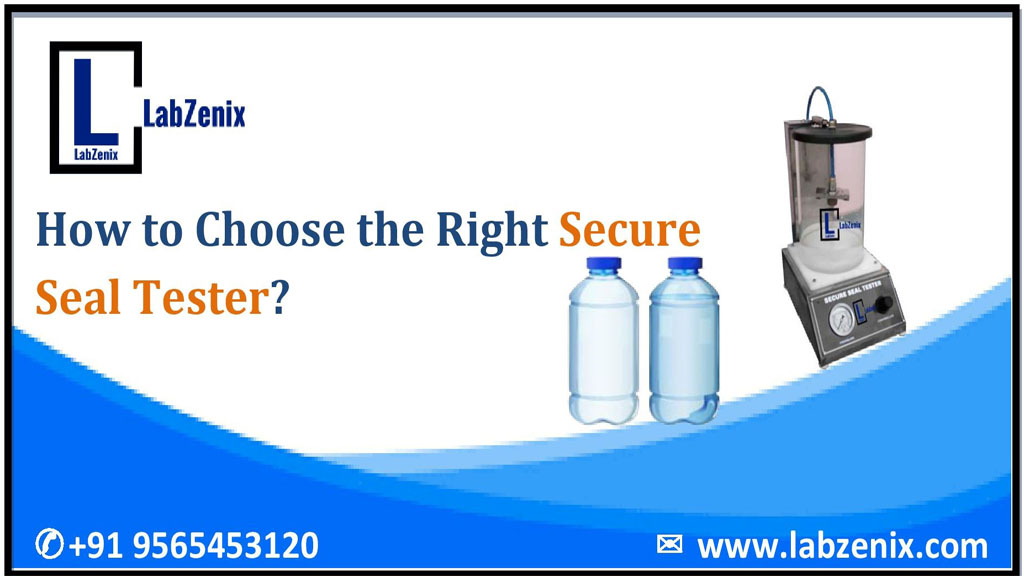How to Choose the Right Secure Seal Tester
How to Choose the Right Secure Seal Tester- LabZenix
A secure seal tester evaluates the strength and quality of seals on packages, ensuring they are leak-proof and tamper-evident. Poor seals can lead to contamination, product spoilage, and even regulatory non-compliance. By using a reliable secure seal tester, manufacturers can maintain product safety, extend shelf life, and reduce waste.
Description
How to Choose the Right Secure Seal Tester
When it comes to ensuring the integrity of packaging, a secure seal tester is an essential tool for manufacturers in industries like pharmaceuticals, food and beverage, and consumer goods. Selecting the right secure seal tester can be challenging, especially with various models and features available. This guide will help you understand the key factors to consider when choosing the best How to Choose the Right Secure Seal Tester for your needs.
Why a Secure Seal Tester is Important
A secure seal tester evaluates the strength and quality of seals on packages, ensuring they are leak-proof and tamper-evident. Poor seals can lead to contamination, product spoilage, and even regulatory non-compliance. By using a reliable How to Choose the Right Secure Seal Tester, manufacturers can maintain product safety, extend shelf life, and reduce waste.
Key Factors to Consider When Choosing a Secure Seal Tester
1. Testing Method
Different secure seal testers use various testing methods, including:
Vacuum Decay Testing – Measures seal strength by applying vacuum pressure.
Burst Testing – Inflates the package until the seal fails.
Creep Testing – Applies constant pressure to evaluate seal durability over time.
Choose a secure seal tester that aligns with your packaging requirements.
2. Material Compatibility
Not all secure seal testers work with every packaging material. Consider:
Flexible packaging (pouches, bags)
Rigid packaging (bottles, trays)
Multi-layered films
Ensure the How to Choose the Right Secure Seal Tester you select can handle your specific packaging materials.
3. Accuracy and Sensitivity
A high-quality secure seal tester should provide precise measurements to detect even minor leaks. Look for:
High-resolution sensors
Adjustable pressure settings
Repeatable results
4. Compliance with Industry Standards
Depending on your industry, your secure seal tester may need to meet specific standards, such as:
ASTM F2054 (Standard Test Method for Burst Testing of Flexible Package Seals)
ISO 11607 (Packaging for Terminally Sterilized Medical Devices)
FDA & EU Regulations
Ensure the secure seal tester complies with relevant guidelines.
5. Ease of Use and Automation
A user-friendly secure seal tester improves efficiency. Features to look for include:
Touchscreen controls
Automated test cycles
Data logging and reporting
6. Durability and Maintenance
A robust secure seal tester should withstand frequent use with minimal maintenance. Consider:
Stainless steel construction
Easy-to-clean components
Availability of spare parts
7. Budget and ROI
While cost is a factor, investing in a high-quality secure seal tester can save money in the long run by reducing product recalls and waste. Compare:
Initial purchase price
Maintenance costs
Long-term reliability
FAQs About Secure Seal Testers
Q1. What is the purpose of a secure seal tester?
A secure seal tester checks the strength and integrity of package seals to prevent leaks, contamination, and tampering.
Q2. Which industries need a secure seal tester?
Industries like pharmaceuticals, food & beverage, medical devices, and cosmetics rely on secure seal testers for quality control.
Q3. Can one secure seal tester work for all packaging types?
No, different secure seal testers are designed for specific materials (flexible, rigid, etc.). Choose one that matches your packaging.
Q4. How often should a secure seal tester be calibrated?
Calibration frequency depends on usage, but generally, it should be done annually or as per manufacturer recommendations.
Q5. What’s the difference between vacuum decay and burst testing?
Vacuum decay testing measures seal integrity under vacuum pressure.
Burst testing inflates the package until the seal fails to determine maximum strength.
Q6. Are automated secure seal testers better than manual ones?
Automated secure seal testers offer faster, more consistent results, reducing human error, but manual testers may be sufficient for small-scale operations.
Q7. How do I maintain a secure seal tester?
Regular cleaning, sensor checks, and following the manufacturer’s maintenance guidelines will ensure longevity.
By considering these factors, you can select the best secure seal tester for your packaging needs, ensuring product safety and compliance.
Contact – LabZenix

